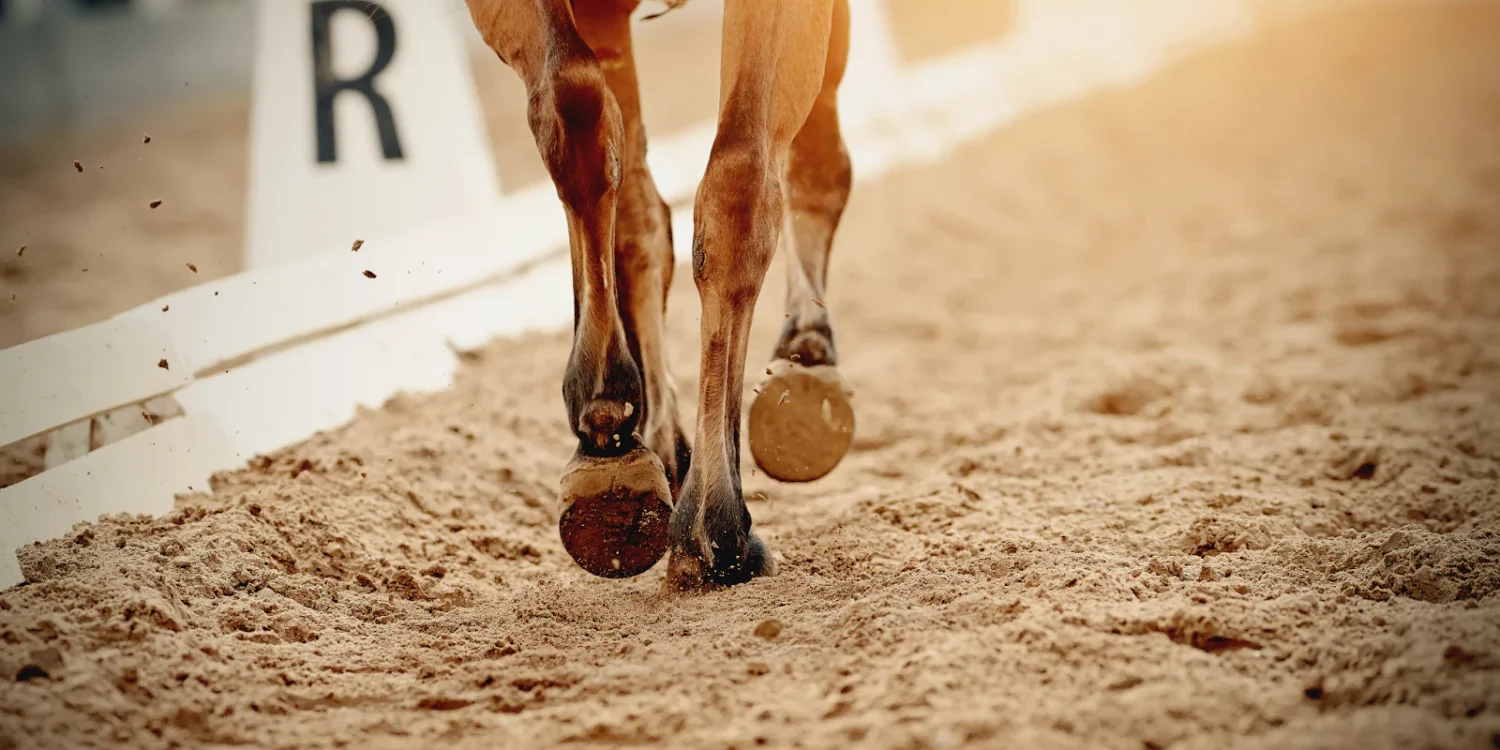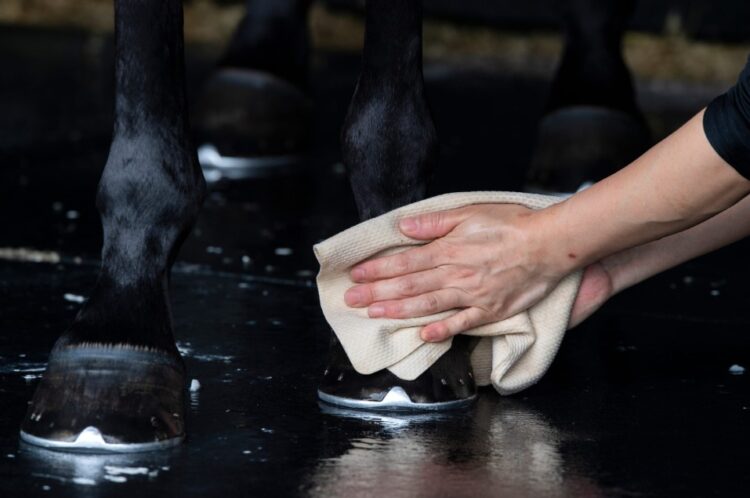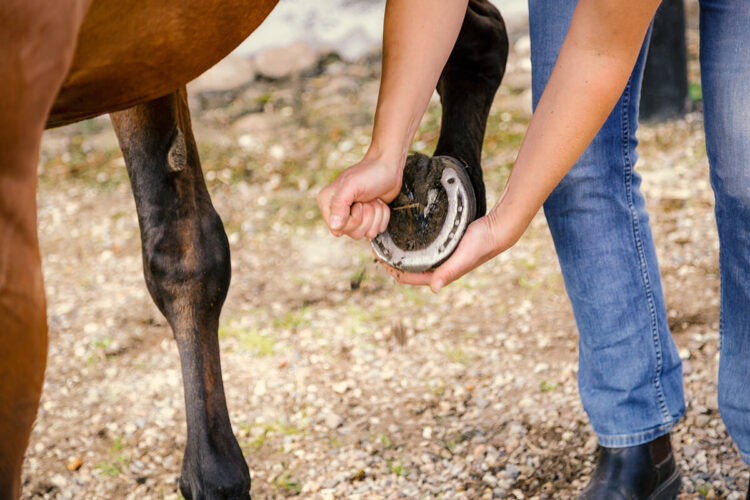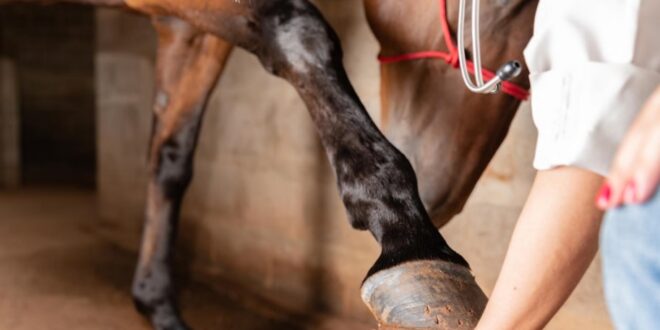Caring for a horse’s hooves is essential to ensure the animal’s overall health and mobility. The process of trimming a horse’s hoof is intricate and requires a deep understanding of equine anatomy, as well as a meticulous approach to the task. In this article, we will explore the critical steps and considerations involved in properly trimming a horse’s hoof, which is a vital part of routine equine care.
Understanding the Hoof’s Anatomy
Before we dive into the trimming process, it’s crucial to have a clear understanding of the anatomy. The hoove is not just a single, solid structure. It’s a complex system comprising different parts, each with its function and importance.
The outer wall of the hoof, the sole, the frog, and the white line are the main areas to focus on during trimming. Each of these areas plays a role in supporting the horse’s weight and absorbing shock, making their care essential.
Recognizing When Trimming Is Needed
The frequency of hoove trimming can vary based on several factors, including the horse’s activity level, environment, and natural hoof growth rate. Generally, a horse’s hooves should be trimmed every six to eight weeks.
However, this can vary, so it’s important to regularly inspect the hooves for signs that a trim is necessary. Overgrown hooves can lead to discomfort, and in severe cases, to structural and health issues. To maintain a horse’s hooves properly after trimming, check out the Best Hoof Conditioner.
Preparing for the Trim

Preparation is key in hoove trimming. Ensure you have the right tools, including a hoof pick, rasp, nippers, and a hoof knife. These tools should be well-maintained and sharp. Before starting the trim, clean the hoof thoroughly with the hoove pick. This step is crucial for revealing any issues like cracks, thrush, or abscesses that might affect how you approach the trim.
Trimming the Hoof Wall
The wall bears the brunt of the horse’s weight and is the primary focus during trimming. The goal is to achieve a balanced, even length that aligns with the coronary band. Carefully remove small sections of the hoof wall with nippers, keeping the cuts as even as possible. It’s essential to avoid cutting too deeply, which could lead to pain and injury.
Addressing the Sole and Frog
The sole of the hoof should be slightly concave and free of excess material that can accumulate and cause discomfort. Carefully trim away any flaky or dead material from the sole. The frog, a V-shaped structure on the bottom of the hoof, acts as a shock absorber. It should be trimmed to be level with the hoove wall but not so much that it’s thin and vulnerable.
Finishing Touches with the Rasp
After the initial cuts, use a rasp to smooth out any rough edges and to ensure the hoof is level and balanced. This step is vital for preventing uneven wear and tear on the hoove, which can lead to gait problems. The hoof should sit flat on the ground and the angles of the hoof should align with the pasterns.
Post-Trimming Care
After trimming, it’s important to monitor the horse for any signs of discomfort or lameness. A properly trimmed hoove should not cause pain. However, if the horse shows signs of distress, it’s crucial to consult with a veterinarian or a professional farrier. Regular hoof care, including cleaning and inspection, should continue between trims to maintain hoof health.
Avoiding Common Mistakes

Inexperienced trimmers can make several common mistakes, such as trimming too much off the hoof, creating an imbalance, or neglecting the sole and frog. It’s crucial to approach hoove trimming with caution and to seek guidance from experienced farriers or veterinarians when in doubt.
The Importance of Professional Guidance
While regular hoof care can be managed by horse owners, the actual trimming process often requires professional skills. A professional farrier is trained in hoove anatomy and pathology and can provide valuable insight into the specific needs of each horse. Regular visits from a farrier not only keep the hooves in good shape but also help in identifying and addressing any underlying hoove or leg issues.
Integrating Hoof Trimming into Overall Hoof Care
Hoof trimming is not an isolated task; it’s part of a larger picture of hoove care. This broader perspective involves regular cleaning, monitoring for diseases or injuries, and ensuring that the horse’s living environment is conducive to hoof health.
For instance, standing in wet, muddy conditions can lead to hoove diseases, while excessively hard surfaces can cause undue wear and tear. Integrating trimming into this holistic approach helps in maintaining healthy hooves.
Adapting to Individual Needs
Each horse is unique, and so are their hooves. Factors like breed, age, activity level, and even individual hoof structure can influence how a hoove should be trimmed. For example, a horse that regularly participates in jumping events will have different hoof care needs compared to a pasture horse.
It’s essential to tailor the trimming process to suit these individual needs, ensuring optimal hoof health for each horse.
Seasonal Considerations in Hoof Care

Seasonal changes can impact hoof growth and health. In some climates, hooves grow faster in the warmer months and slower in the colder months. Adjusting the trimming schedule to these seasonal changes is important.
Additionally, different seasons can bring different challenges, such as dry conditions in the summer leading to brittle hooves or excess moisture in the winter causing softer hooves. Addressing these seasonal variations is a crucial aspect of effective hoove care.
Final Thoughts
Proper hoof trimming is a critical component of equine care, demanding precision, understanding, and a commitment to ongoing learning. It’s a skill that merges knowledge with practice, requiring patience and attention to detail.
Whether you’re a horse owner, a farrier, or simply someone interested in equine care, appreciating the intricacies of hoove trimming can deepen your connection with these magnificent animals and contribute significantly to their health and well-being.
 Hi Boox Popular Magazine 2024
Hi Boox Popular Magazine 2024



